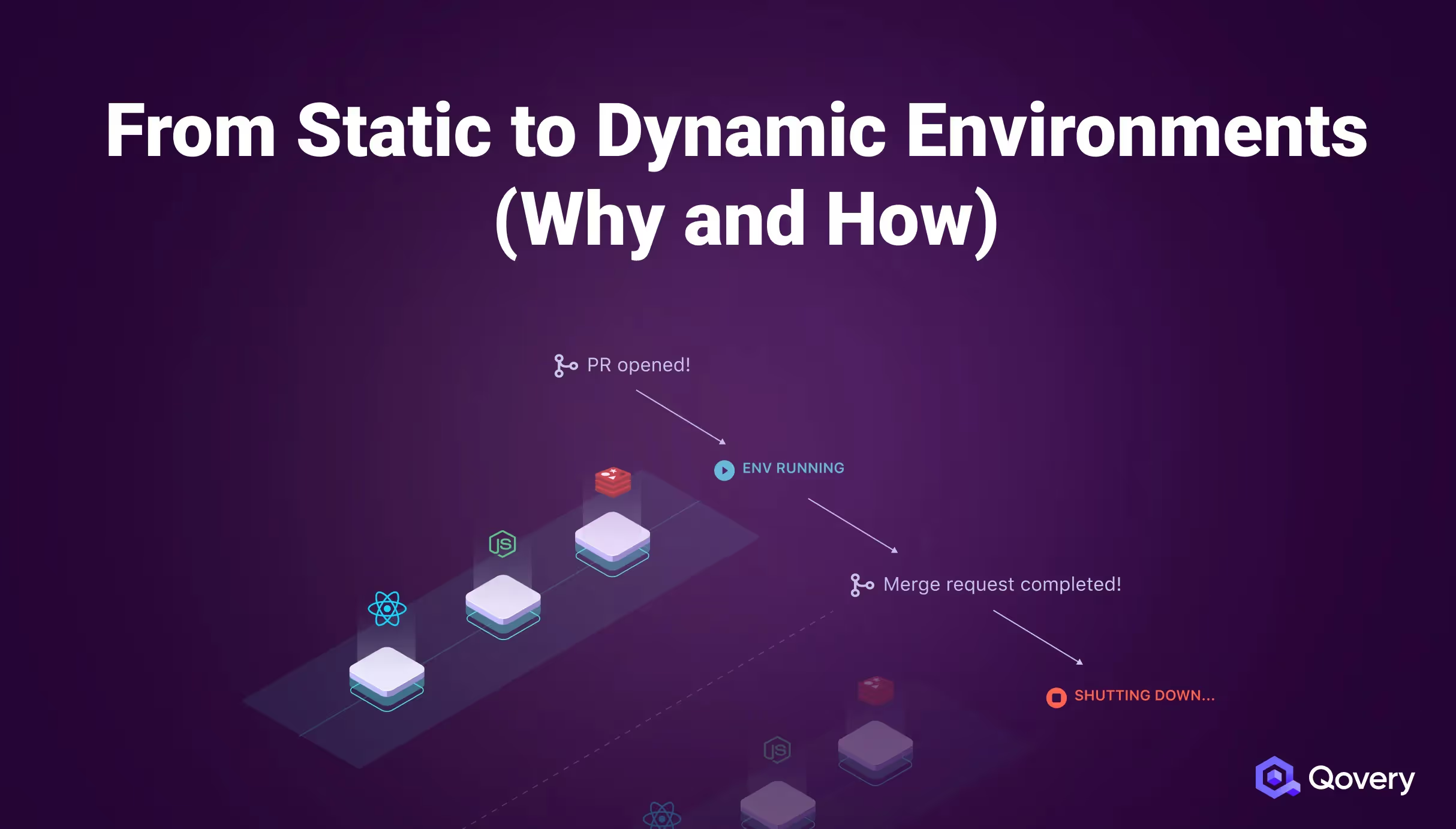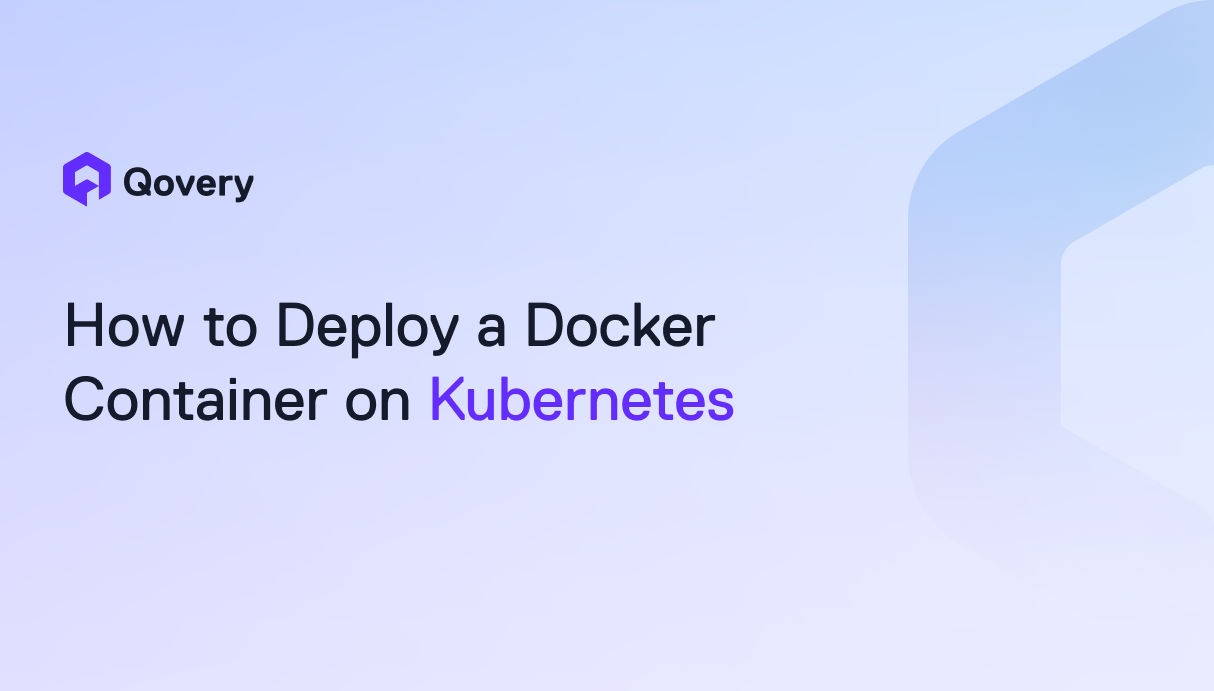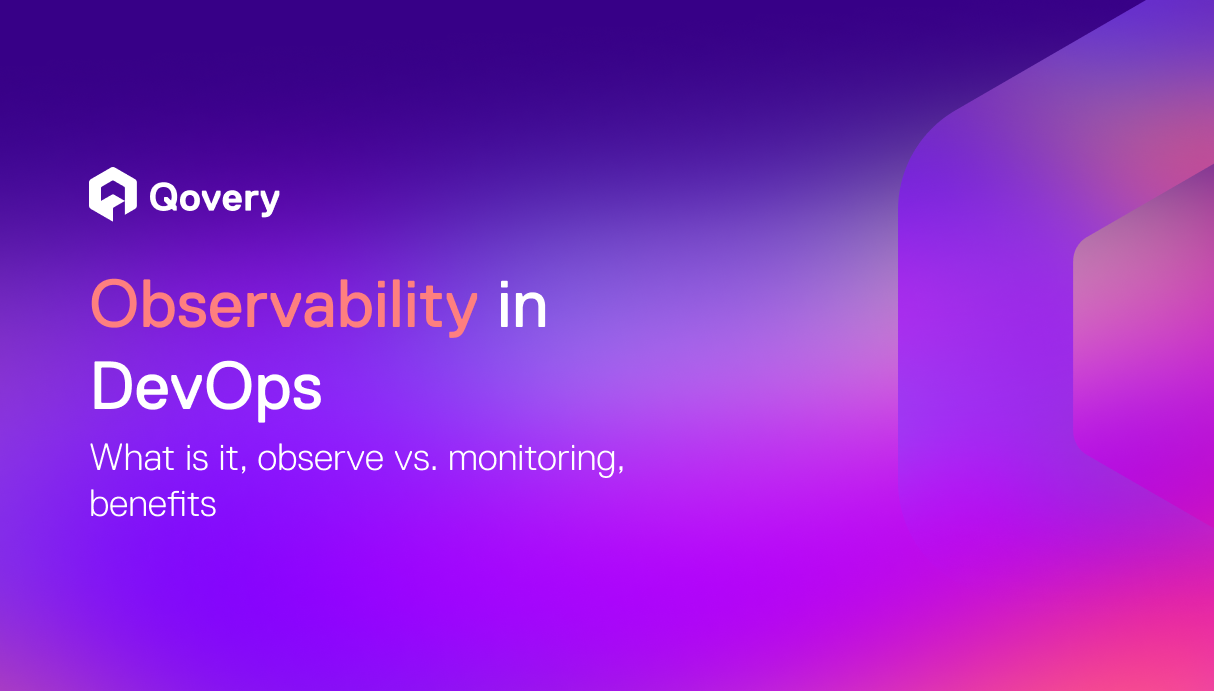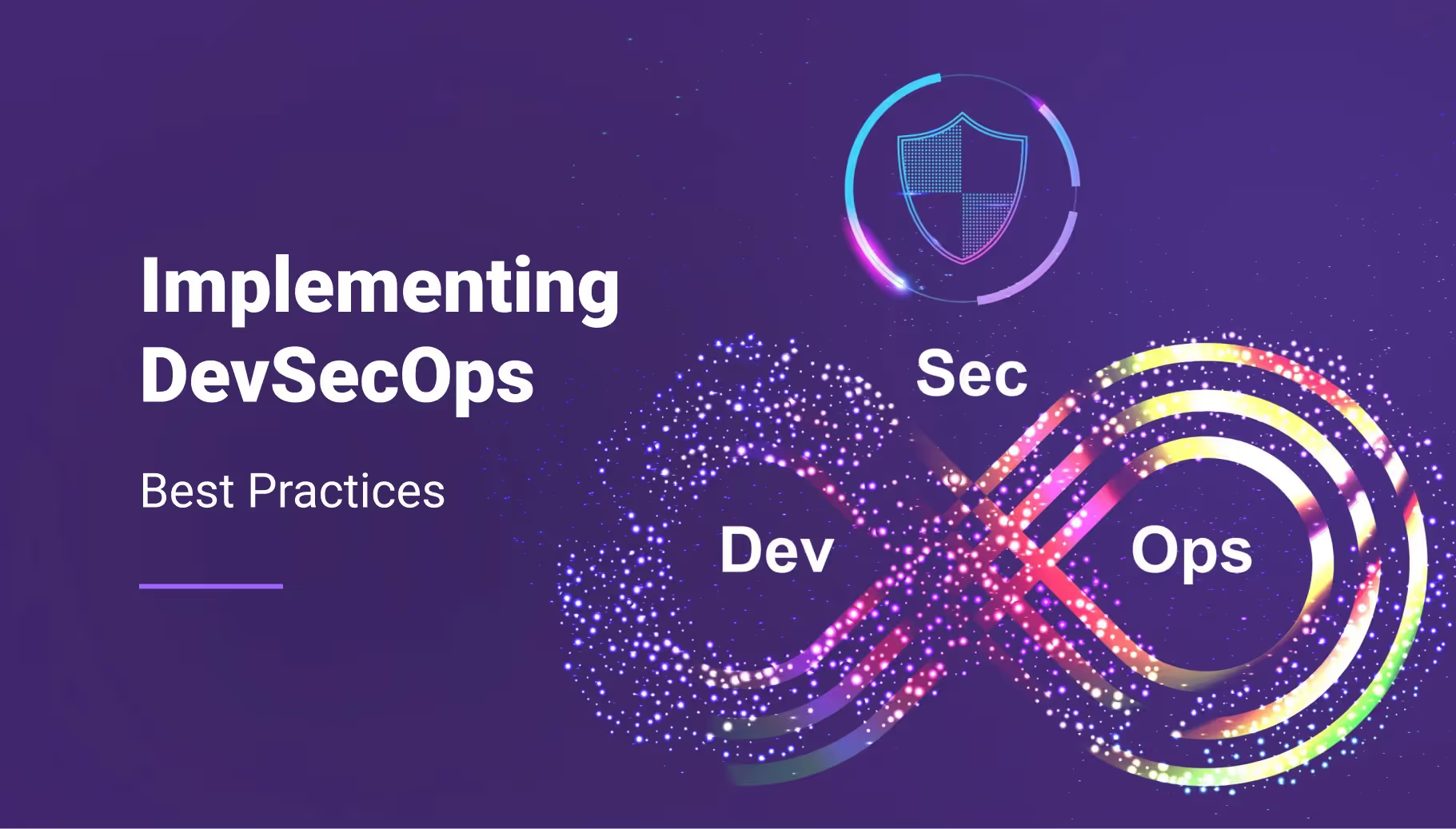


From Static to Dynamic Environments (Why and How)



Let’s start the discussion by defining what a static environment is and what is a dynamic environment.
Static Vs. Dynamic Environment
A static environment is a shared deployment environment with permanent infrastructure. The traditional staging environment is one example where all the features and fixes are deployed at the end of the release cycle in one go. All teams start testing on the same environment simultaneously.
Dynamic environments are created dynamically by individual team members or teams to deploy a particular feature or bug fix. Dynamic environments are ephemeral in nature, they are isolated, and they can be shared with other teams as well.
Let’s discuss why we need to move away from static environments and how dynamic environments are helping businesses improve their workflow.
Why Are Teams Moving From Static to Dynamic Environments?
Organizations are gradually adopting dynamic environments because static environments are unable to keep pace with modern software workflow. Let’s go through the major issues in static environments, and then we will see how dynamic environments solve these problems.
Challenges of Static Environments
Requires Much Manual Effort to Set Up
Most of the applications developed today have many components involved. Some examples include services, databases, external integrations, caching, container management, security, and many more. It takes much time for the operations team to set up a working deployment environment, mainly because too many components are involved. To take full advantage of the deployment environment, you want it to be as close to production as possible, hence the challenges related to data replication. In other words, you will need a lot of manual effort, time, and expertise to set up or clone a proper deployment environment.
Does Not Support Collaboration
Let’s say you have managed to set up a complex environment after spending a few days. Now it is time for teams to collaborate using this environment. But this environment is shared, right? That means all the teams and all the team members would be testing and fixing features in the same environment. What if one developer deploys a change and it breaks the application? All the other teams are now waiting for the fix to be deployed. Ironically, fixing that bug might result in another ripple causing a cycle of bug-fix-bug-fix, wasting teams' valuable time. Today’s product development is so fast-paced that you will surely miss the bus if you are using static environments.
Permanent Infrastructure
Static environments have a permanent infrastructure, which means you cannot afford many environments even if your team is large. More environments would need more time and skills to set up and incur more infrastructure costs. As discussed above, the “shared” trait of static environments causes many issues. Even proper removal of an environment would need time and skill so that there are no remnants left to incur any costs.
After going through the issues caused by static environments, let’s see how dynamic environments solve the same problems.
How Dynamic Environments Solve These Problems
Being Created Dynamically, You Save Time and Cost
The big advantage of a dynamic environment is that they can be created dynamically. So you can create a fully working deployment environment on the fly without spending too much time and needing technical expertise. Not only can you create them on the go, but you can also remove them as easily. Creating dynamic environments saves both time and effort. That is cost-effective, too, because the dynamic environments are short-lived, not permanent.
Being Isolated, They Support Rapid Collaboration
The big advantage of a dynamic environment is that they exist in isolation. If you are part of the same team, your dynamic environment will be entirely isolated from mine. Zero impact on my environment even if you break your environment. Isolated environments mean more opportunities for collaboration and fast feedback exchange. Isolated environments also result in faster release cycles because the dynamic staging environment is not the first stage of testing features; you have already tested all features in your feature-specific dynamic environments.
Share Through URL and Revolutionize Your Testing
That is one fantastic benefit of dynamically created environments. You can share your newly provisioned dynamic environment with other teams through a URL. When other teams access the URL, they can access the environment having everything encapsulated in the environment but isolated from other environments created dynamically. This can change the way your QA teams work and how you perform testing on your product. Performance testing, security testing, and stress testing are a few examples where you can utilize the power of dynamic environments to make your product competitive.
Common Problems Teams Face in Adoption
Although dynamic environments have come a long way, still, there are some challenges around them. Some of these are:
Develop a Scalable Platform for Dynamic Environments
The magic of dynamic environments is possible because of the integrated platform you develop. This platform enables developers to create, maintain and update different ephemeral environments. The challenge is to assemble the right team which can implement this system in the right way. For a small team, a couple of dynamically provisioned environments might suffice. However, a large organization might need hundreds or thousands of on-demand environments. The platform through which teams manage the ephemeral environments must support this scalability. You need to ensure that the team developing this platform is capable enough and has the right technical expertise to make it happen.
Complex Application Means Complex Dynamic Environment
Not all applications have equal complexity. Some applications are rather simple, with minimal integrations. Some are complex, with many moving components and many 3rd party integrations. Then you have to ensure that the platform supports the databases, caching, message queues, etc. The newly created ephemeral environment must have all these components encapsulated so that all these services, code, and integrations are present in the environment being created dynamically. Do not forget that the platform should be able to port the application state across different environments as well, so state management is a key capability.
Lacking Smooth Developer Experience
Even if you develop a technically sound platform to cater to complex applications, it does not cater to developers' workflow. Although most developer platforms aim to simplify the life of developers by empowering them with self-service portals, not all the developers in a team are the same. To handle the diversity and complexity of different applications deployed in dynamic environments, the user experience of developers is ignored. This is especially true for the developer's novice to the team.
Security and Control
The good thing about dynamic environments is that they are too easy to create. That comes with many checks and balances regarding who has access to what. Take the example of an application with many 3rd party integrations. That means many API keys and secrets would be part of the dynamic environment. Similarly, you must ensure that the PII or sensitive customer information is not part of the dynamic environments unless needed. You certainly do not want everyone to be able to see these things. Your platform must handle how to secure access properly.
How Qovery Helps Teams Move to Dynamic Environments Faster
After going through the issues with traditional static environments and the immense advantages of dynamic environments, you must wonder how to benefit from them while minimizing their challenges. This is where Qovery comes in. Qovery provides fast implementation and maintenance of your cloud infrastructure while taking care of end-to-end DevOps tasks. It even manages your Kubernetes clusters for you. It gives the DevOps team immense control and developers autonomy because it is effortless to use and does not need a huge DevOps workforce. With a few clicks, a developer can not only create a replica of the production environment but can also deploy their code easily. As Qovery heavily provides on-demand environments, so you get to save both cost and time instead of spending time and skills on static environments
To experience first-hand the power of Qovery's Dynamic Environments, start a 14-day free trial.
Sign–up here - no credit card required!

Suggested articles
.webp)



.svg)
.svg)
.svg)












